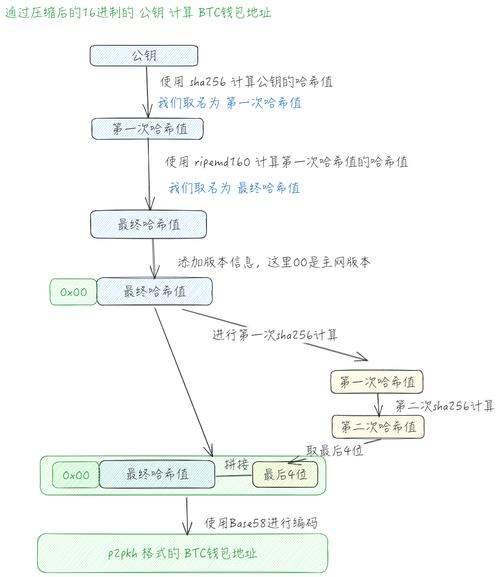Currency: Understanding Its Forms, Uses, and History
In this article, we will delve into the concept of currency, emphasizing its different forms, practical usage, and historical significance. From ancient times to the digital age, currency has played a critical role in facilitating trade and commerce.
In this article, we will delve into the concept of currency, emphasizing its different forms, practical usage, and historical significance. From ancient times to the digital age, currency has played a critical role in facilitating trade and commerce.

What is Currency?
Currency refers to a system of money in common use, especially for the exchange of goods and services. It represents a medium of exchange, a unit of account, and a store of value. Traditionally, currency exists in various forms including coins, banknotes, and digital currency.
Coins specifically refer to physical currency made of metal, which can be used to conduct transactions. They have been used for thousands of years and carry significant historical and cultural value. The weight, purity, size, and design of the coins vary from one currency to another, reflecting the issuing government or entity.

The Evolution of Currency
Initially, currency evolved from the barter system, where goods were exchanged directly for other goods. The need for a more efficient system led to the creation of coins made from precious metals like gold and silver, which were widely accepted and easy to carry. The first known currency coins were minted in Lydia (modern-day Turkey) around 600 BC.
As civilizations progressed, so did the complexity of currency. The introduction of paper money in China during the Tang Dynasty marked a significant turning point. This innovation made transactions easier and allowed for larger amounts of currency to be carried. Over time, paper money spread throughout the world, leading to the financial systems we see today.

Modern Uses of Currency
In modern economies, currency facilitates trade and is crucial for economic stability. It is used in everyday transactions for purchasing goods and services. Furthermore, central banks control the money supply and interest rates to ensure economic balance and to address inflationary pressures.
With the rise of technology, digital currencies have emerged, fundamentally changing how transactions occur. Cryptocurrencies like Bitcoin and Ethereum utilize blockchain technology, offering decentralization and security. These digital currencies provide new forms of investment and trading opportunities, presenting both benefits and challenges to the global economy.
In conclusion, currency is a vital instrument in the economic landscape, evolving from physical coins to digital forms. Understanding its history and applications can offer valuable insights into its role in facilitating commerce and economic development.






